Blog
How Bangalore Traffic affects Home Buyers’ choice
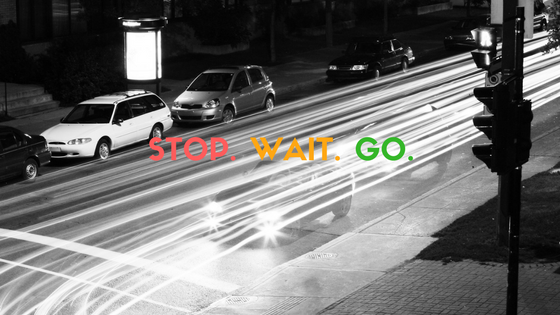
19 May 2017
It’s safe to say that Bangalore is notorious for its unbearable traffic. Although traffic delays are a norm across the city, they’re particularly hard on office goers who commute to the edges of the city where many suburban business centers such as technology parks are established, providing employment to a large number of people. This includes the areas of Whitefield, Electronic City, Nagawara, Marathahalli & Bellandur region on the Outer Ring Road.
Commuters brought to their knees, case in point: Whitefield
According to a study reported in the Times of India, Whitefield is the worst to commute to with an average one-way travel time of 56 minutes for just a 13km drive from midtown. Many who commute from the other side of town are forced to spend close to 5 hours in the confines of a vehicle everyday. That’s over 25 hours shaved off from your week that are never coming back. The report also said, a Bangalorean spends 94 minutes on average commuting everyday.
Live closer to work for a speedy commute
The simple solution to all your traffic woes could be to simply live closer to work. Taking Whitefield as an example again, if you live in nearby neighborhoods such as Brookefield, Hoodi, Kundalahalli, you can get to work within half an hour as opposed to a two-hour ride from across town and that is just for a one-way journey.
Another reason to gun for a shorter commute? Not having to breathe the polluted air from other vehicles over a long duration and at the same time, not adding to the pollution problem either. According to a study reported by the Bangalore Mirror, Bangalore is the second-highest producer of CO2 thanks to people choosing to bear with long commute times. By choosing to live close to jobs you can lower your carbon footprint and also not put your health at risk by breathing polluted air, it’s a virtuous circle.
Migrants keener to live in the suburbs
For a longtime resident of the city, someone who already has a place they own for instance, moving to the suburbs can be a tough call to make. They’re most likely already well-settled in their neighborhoods may not want to move away from town. But, migrants on the other hand are much keener as they probably don’t own a house in the city yet which makes it easier for them to move away from town.
The city’s IT sector attracts a ton of migrants from across the country. A vast majority of them work in technology parks on the edges of the city. When they rent or buy a house, they often choose to live close to work. This creates demand for housing in the suburbs helping expand Bangalore even further.
Areas pushing the horizon
In the North, Manyata Tech Park, proximity to the airport, and quick access to the central business district are the biggest drivers of real estate. Planned infrastructure such as the Elevated Expressway, the metro, Information Technology Investment Region (ITIR) near Devanahalli all serve as additional driving forces to the growth of real estate in these parts.
The West has lagged in comparison to the others, but further development of the Metro is likely to boost real estate in this region.Electronic City and areas around it after having established itself as a huge IT hub is pushing the boundaries in South Bangalore.
Another area in South Bangalore that has a ton of growth in real estate in store is Kanakapura Road. The newly-announced Green Line of the Namma Metro is set have several stops on this road. Also, connectivity to NICE road will ensure a speedy commute for many residents. Additionally, an IT park is set to come up just off the road, which is great news for residents of South Bangalore that has a significant IT worker population. In terms of social infrastructure too, there are schools such as Delhi Public School, hospitals such as Jayadeva, and malls such as Gopalan Innovation Mall in and around the area.
In the East, areas around Whitefield are pushing the city further out. Areas such as Budigere and Varthur are great options for immediate returns thanks to the presence of startups. The east is seen as quite self-sufficient, which is a great sign for real estate development.
Conclusion
Many other big cities in India such as Mumbai, Delhi etc. have attained or are close to saturation. Bangalore, on the other hand, is still experiencing a major urban sprawl. That’s mainly due to suburban commuters choosing to live close to work to beat the traffic. Add to that the fact that migrants coming in seeking greener pastures in the IT sector end up working in suburban business centers. All these varied factors are coming together resulting in making Bangalore the massive city it is today. Given this scenario, it is logical that residents need to take into account the traffic situation and accordingly, choose a place to live, which allows for a shorter commute and greater peace of mind.
TOP Blog
Viman Nagar: The Gateway of Growth in Pune
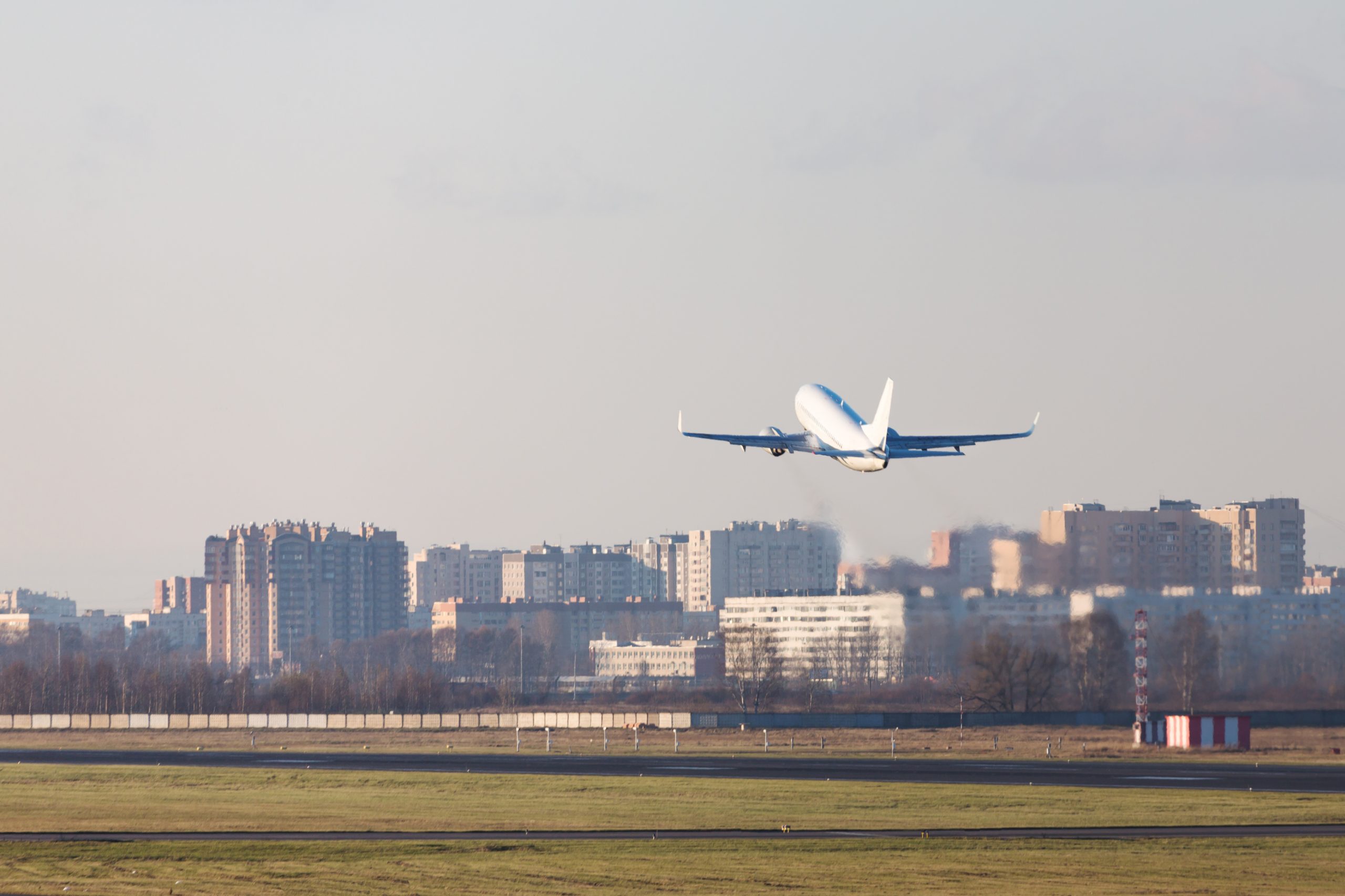
18 June 2025
Viman Nagar used to be a calm neighbourhood that was renowned once only for being close to the Pune Ai...
Read More
More than Square Feet: What Makes a Commercial Space Truly Work
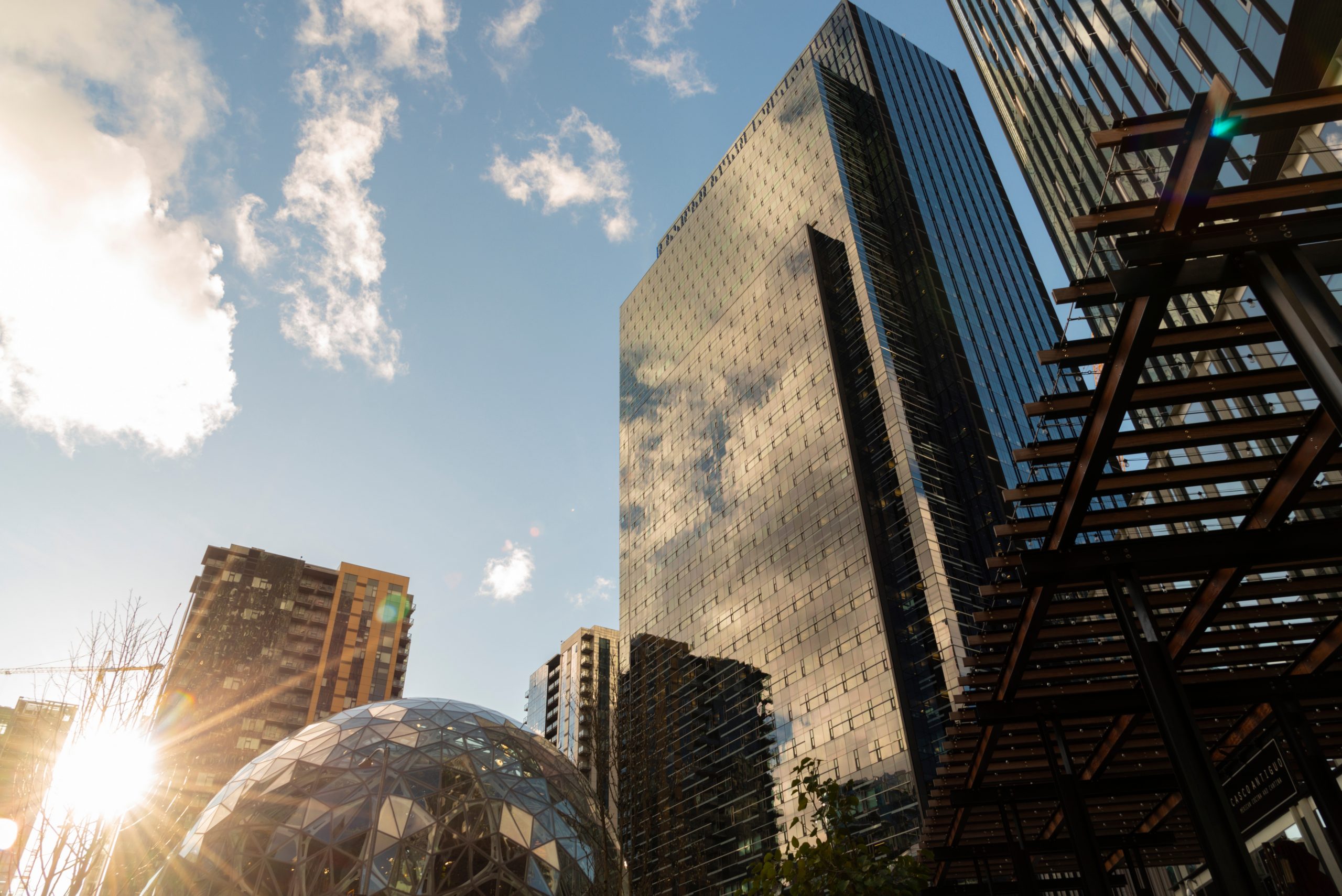
18 June 2025
Most of the time, people in commercial real estate talk about figures like square feet, carpet area, F...
Read More
What Makes a Location ‘Future-Proof’? A Look at Wagholi’s Growth Story
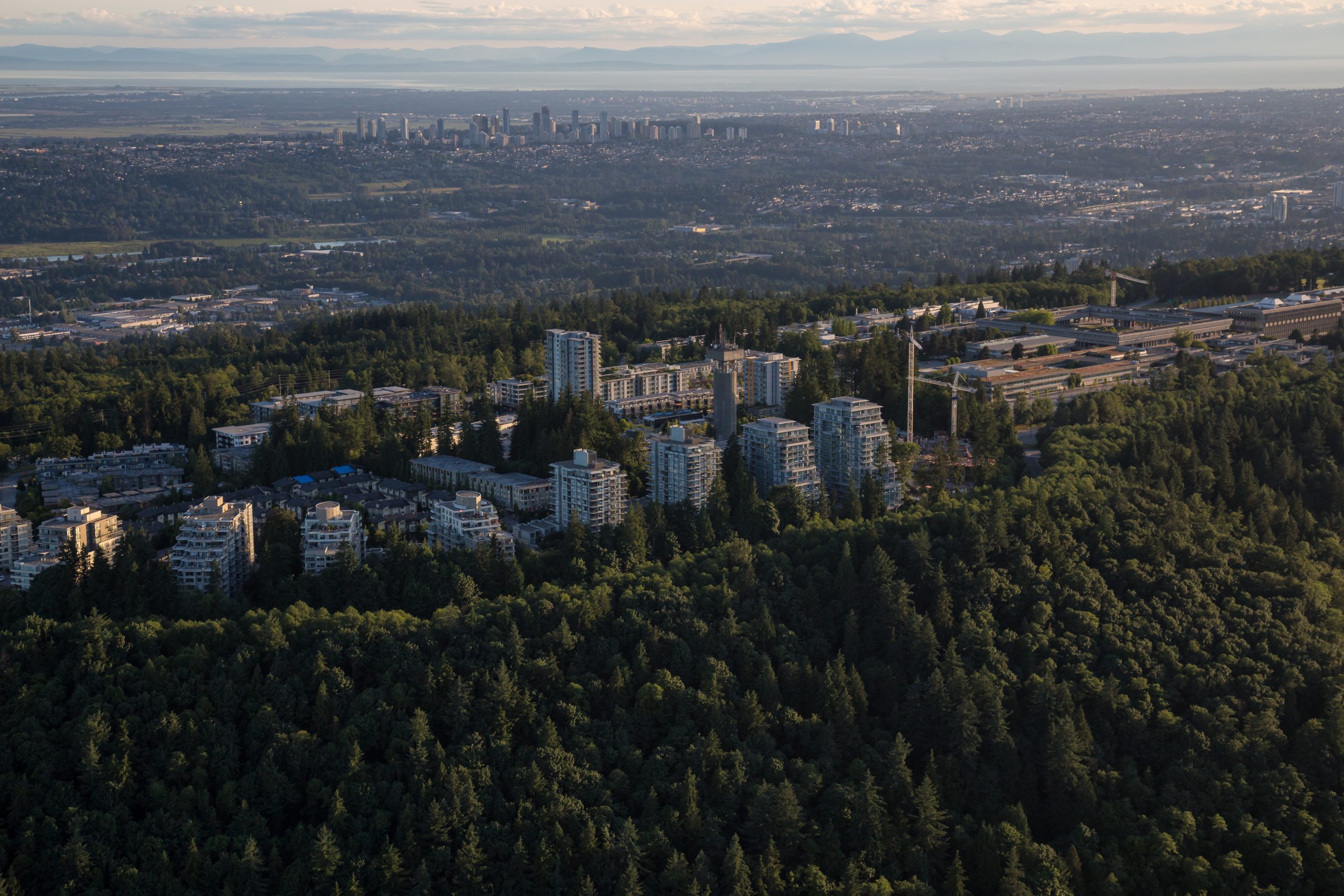
18 June 2025
Think about the kind of neighbourhood that is not only relevant to your current needs, but also evolve...
Read More
5 Things You Should Know About Wagholi’s Quick Growth
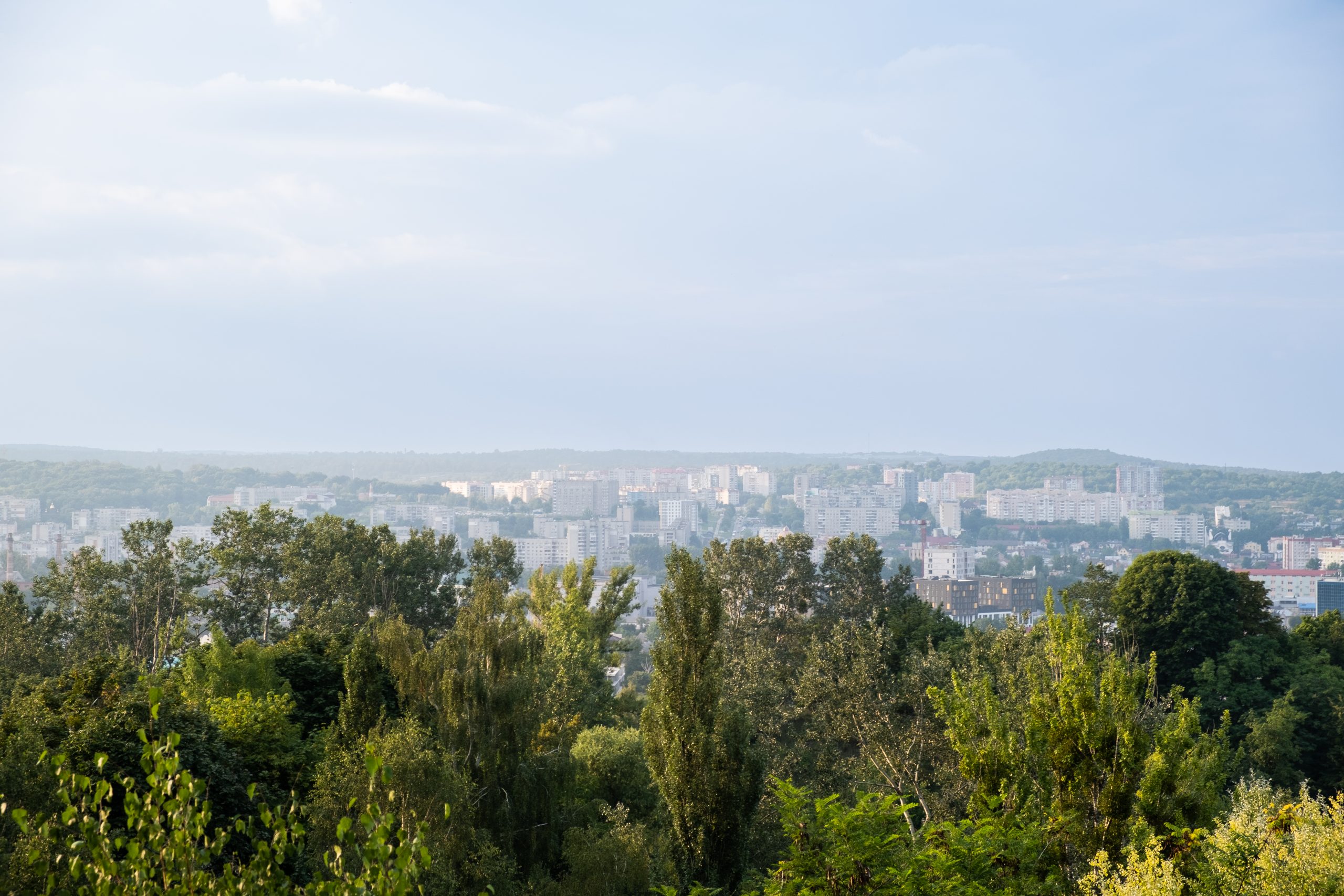
18 June 2025
It is not long ago Wagholi used to be known for its peaceful fringes and wide-open spaces. Now, it's q...
Read More
Why Young Professionals are Choosing Bhugaon to Settle Down

17 June 2025
As Pune's real estate market changes rapidly, Bhugaon has established itself as a prominent option for...
Read More

 +91
+91 +672
+672 +82
+82